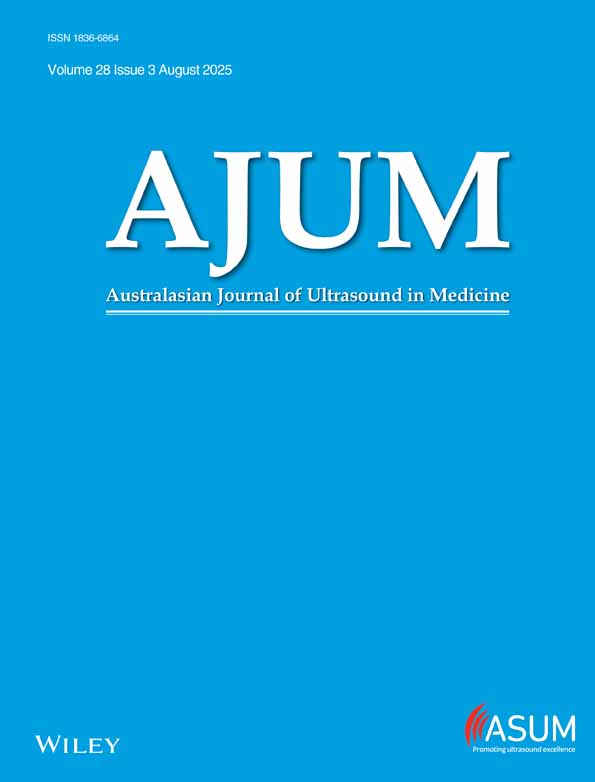Maternal Ophthalmic Artery Resistance in Pregnancies With Pre-Eclampsia Compared to Normotensive Participants
Funding: The authors received no specific funding for this work.
ABSTRACT
Objectives
The condition known as pre-eclampsia (PE) is characterised by hemodynamic changes that can impact the ophthalmic artery, a branch of the internal carotid artery. In this study, we aimed to compare the ophthalmic artery resistance in pregnant participants with PE to those with normal blood pressure.
Materials and Methods
In this cross sectional study, the hemodynamic changes of the maternal ophthalmic artery were analysed using spectral Doppler ultrasound. The research included 50 normotensive pregnant participants matched for gestational age with 50 pregnant participants with PE. The study measured peak systolic velocity (PSV), end-diastolic velocity (EDV), S/D ratio, Resistance Index (RI) and Pulsatility Index (PI) to determine any differences between the two groups.
Results
A comparison of PSV parameters in two groups did not reveal any statistically significant difference (p > 0.05). However, Doppler findings were significantly lower for pregnant participants with PE than those with normal blood pressure in terms of RI (p = 0.008), PI (p < 0.001) and S/D ratio (p = 0.002). Conversely, EDV was higher for pregnant participants with PE (p = 0.032).
Conclusion
This study found significant differences in the ophthalmic artery Doppler indices between pregnant participants with PE and those with normal blood pressure. Specifically, lower RI, PI and S/D ratio, as well as a higher EDV, were observed in the PE group. These findings suggest altered blood flow dynamics in PE. Clinically, spectral Doppler ultrasound of the ophthalmic artery could be a useful, non-invasive tool for detecting and monitoring haemodynamic changes in PE. Given its accessibility and repeatability, it could help identify PE earlier, especially in settings where more advanced diagnostic tools are unavailable.
Conflicts of Interest
The authors declare no conflicts of interest.
Open Research
Data Availability Statement
Requested data will be available based on reasonable request.




